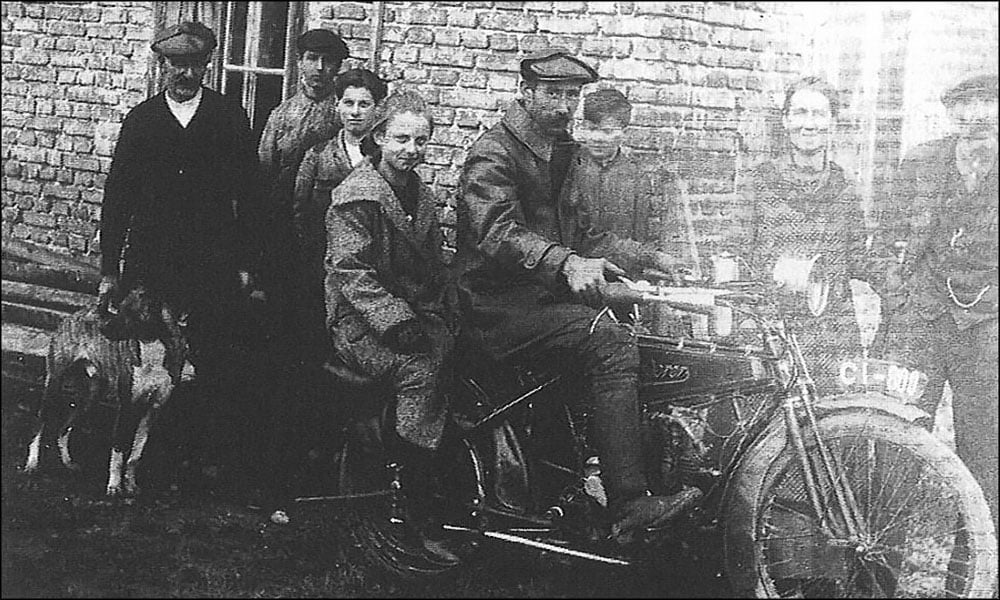
KTM is a powerhouse in the motorcycle industry today, but the Austrian brand traces its roots all the way back to 1934, in a small shop in the town of Mattighofen. Opened by engineer Hans Trunkenpolz, the shop was located in a guest house and mainly dealt with fixing motorcycles and cars.
Within two years, Hans had passed the craftsman’s exam as a machinist and for motor vehicle servicing, and the shop would then grow to become one of the biggest repair shops throughout the region.
The shop was known as Kraftfahrzeug Trunkenpolz Mattighofen but was unregistered, and during the Second World War, the business relied on diesel engine repairs. From 1948 to 1953, his company was retitled Moser & Co. for legal reasons.
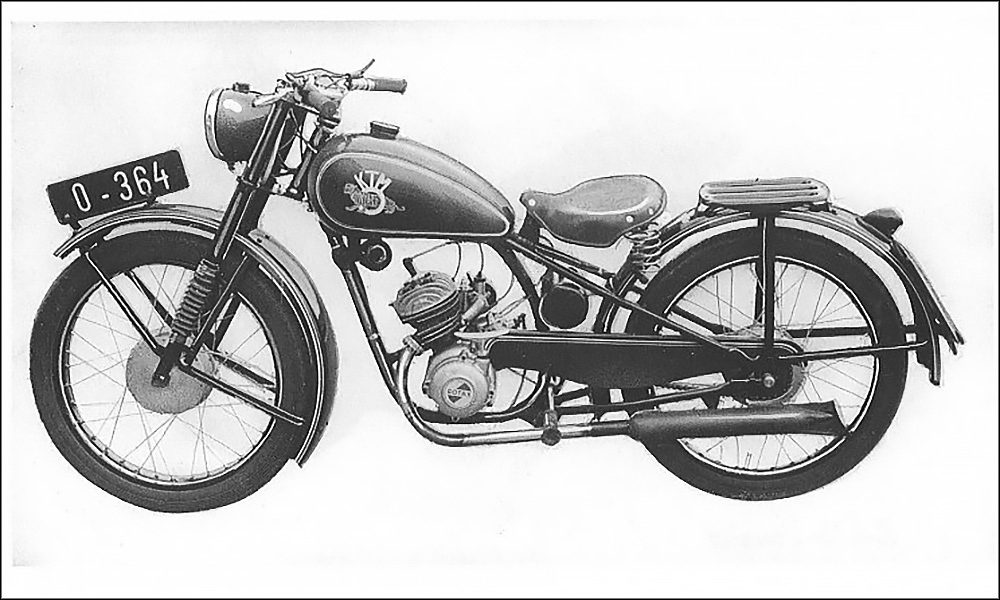
Businessman Ernst Kronreif then became a major shareholder of the company. The first models of KTM were adorned with a tiger walking through a ring, on top of which were the initials “KTM.”
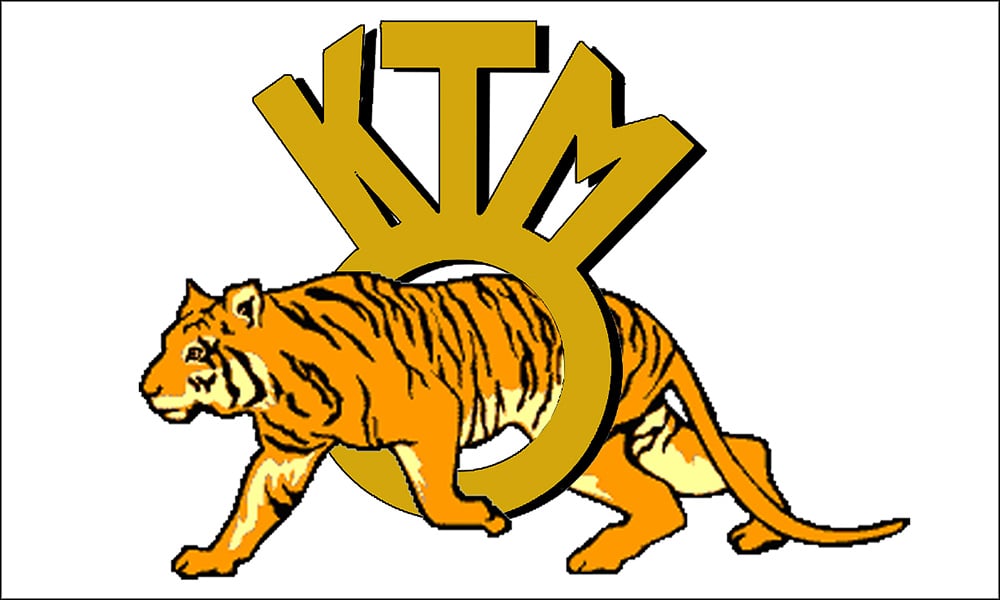
In the postwar years, demand for repair works slackened, which led Hans to start building his own motorcycles. His first prototype, the R100, was built in 1951. Except for the Rotax engine, everything else was made in-house.
Serial production of the R100 began by 1953, and the small company built up to three motorcycles a day with just 20 employees.
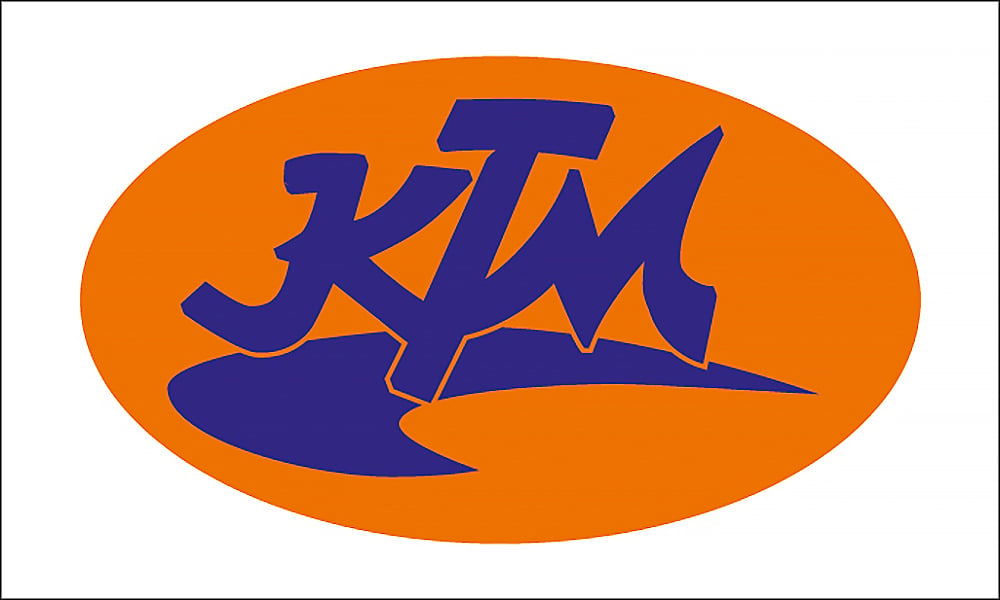
A year later, the first official KTM logo was created, featuring an orange oval with blue lettering.
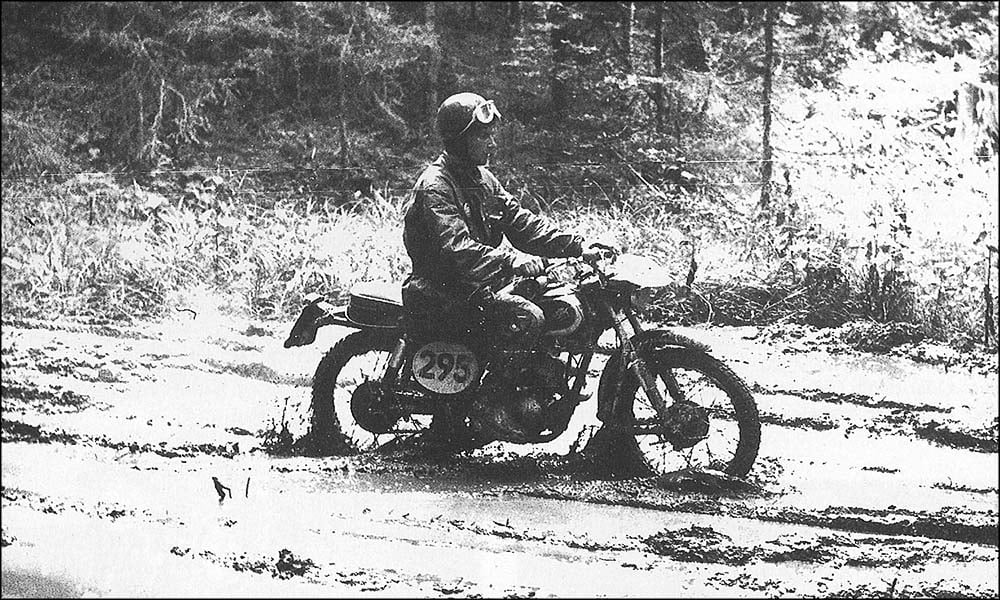
That same year, 1954, KTM got its first racing title in the 1954 Austrian 125cc national championship. Two years later, the company joined the International Six Days Trials, with Egon Dornauer taking gold on a KTM bike.
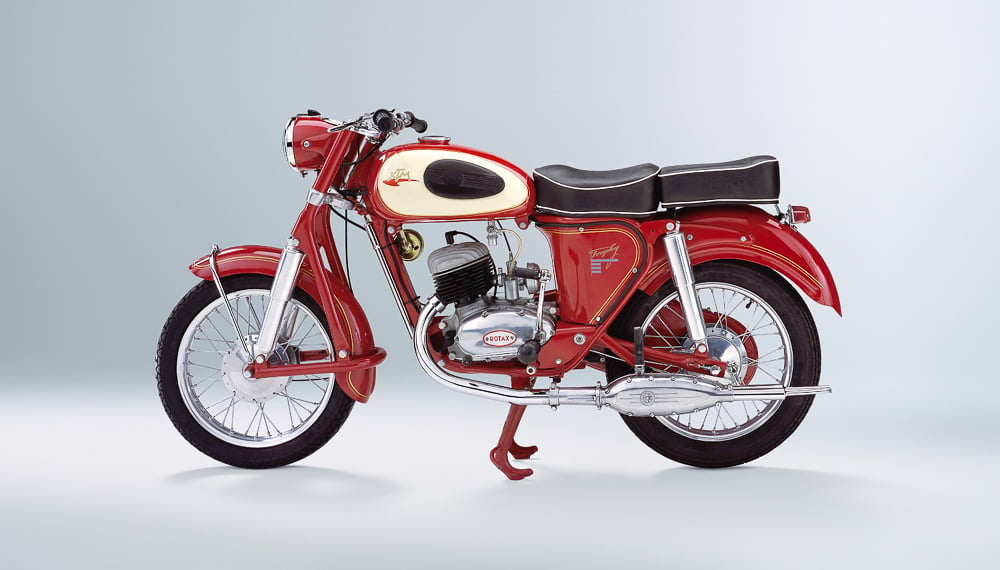
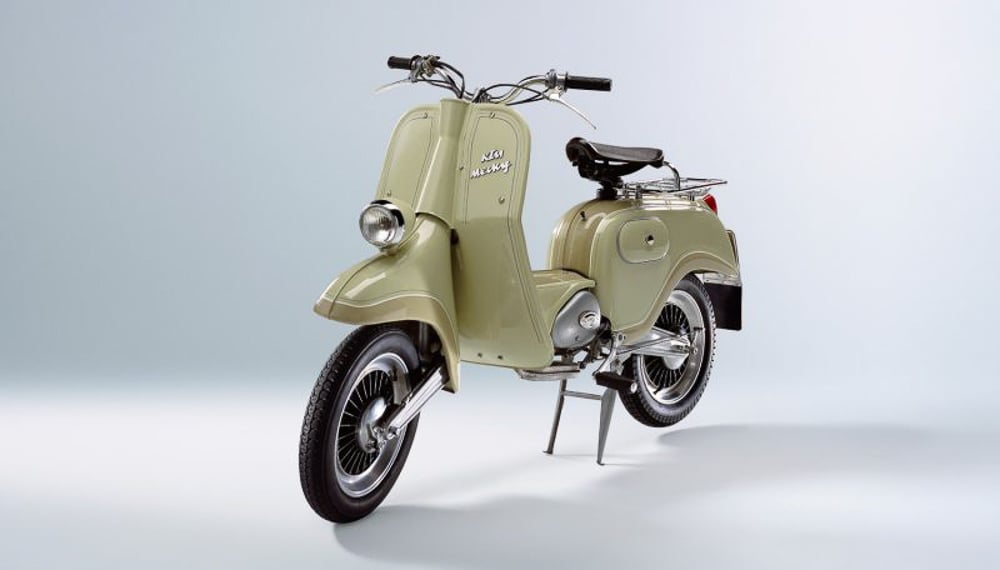
By 1957, KTM had built its first sports motorcycle, the Trophy 125cc, as well as its first moped, the Mecky.
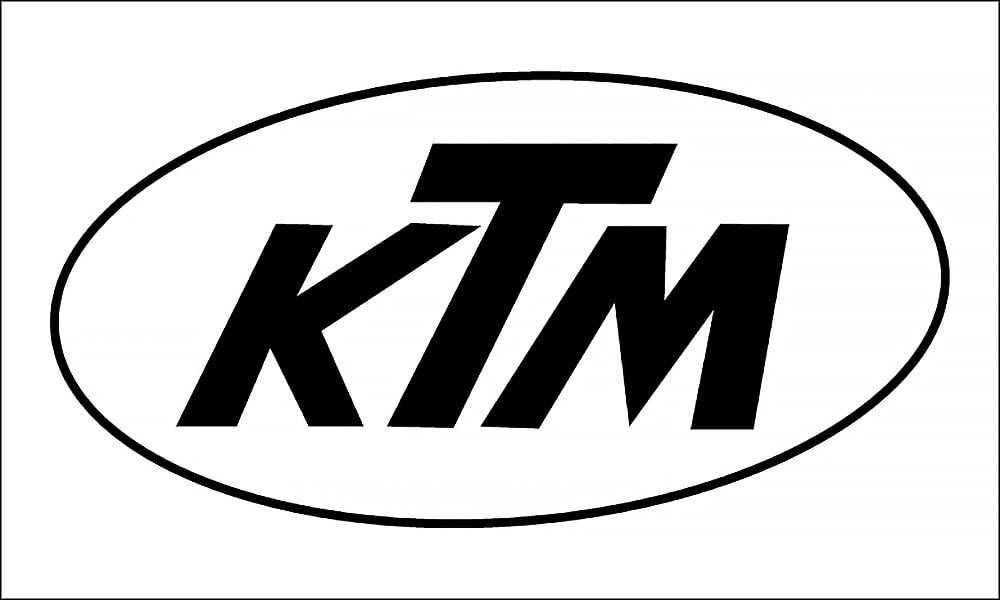
By 1958, an alternative logo appeared—this time a simple white oval with a black border and lettering.
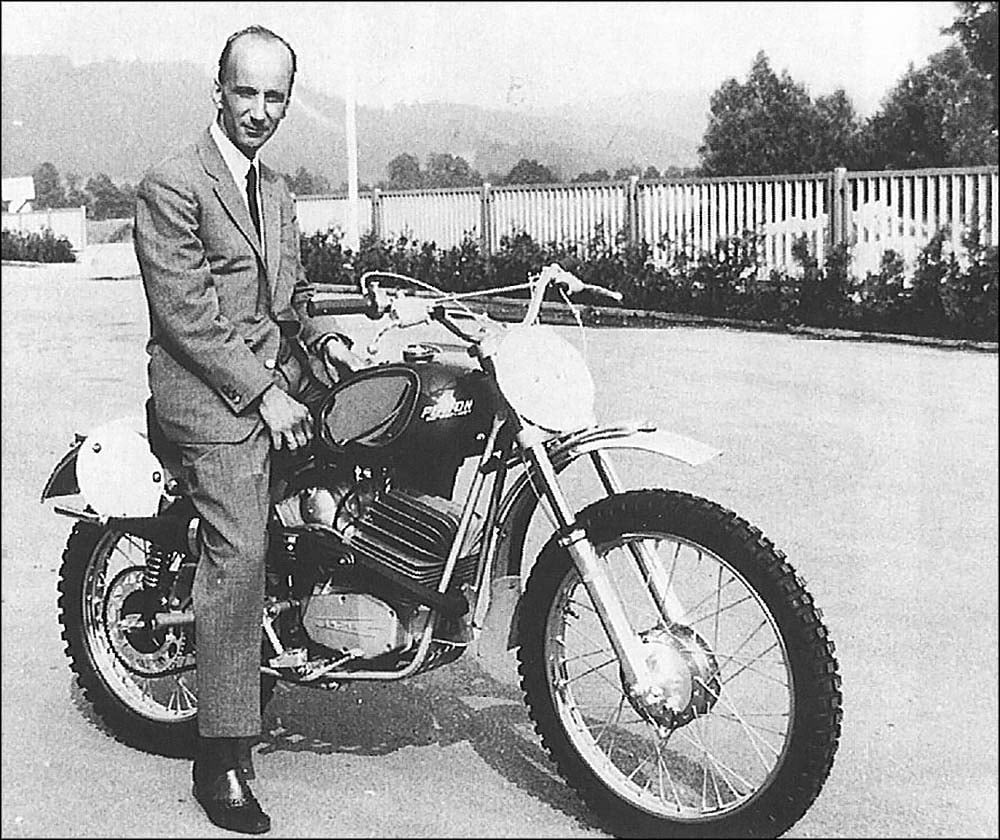
Kronreif died in 1960, followed two years later by Trunkenpolz. The latter’s son, Erich, then took over the business. The logo was changed with the now-familiar lettering and a light blue oval.
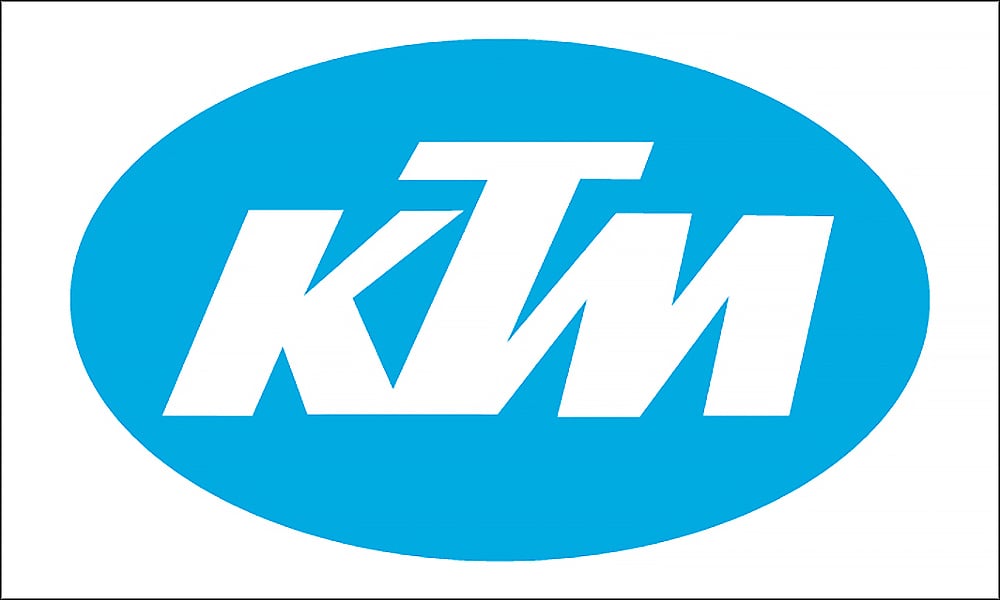
The company steadily grew, and by 1971 had 400 workers and offered 42 different models, as well as building motorcycles for the racing industry.
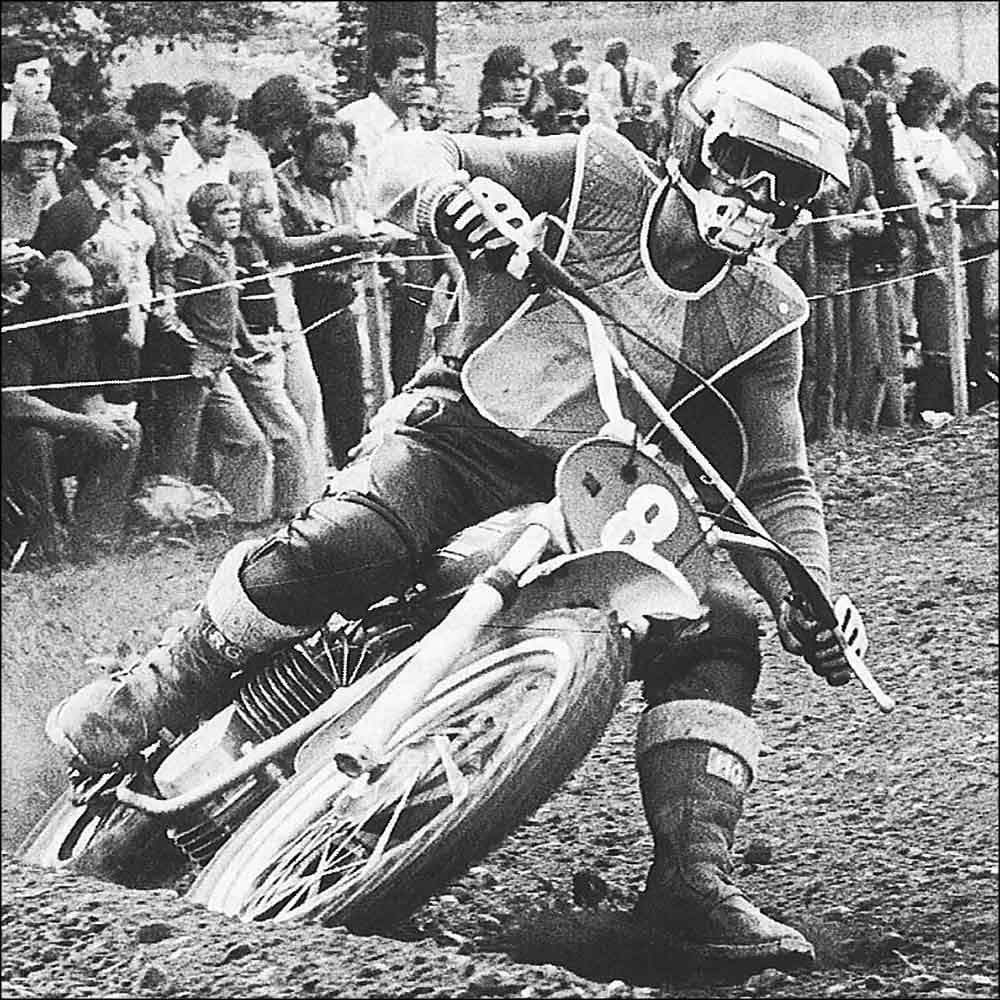
After winning its first World Championship title in 1974, Erwin Lechner, a former racer and the company’s sales manager at the time, decided to change the logo once more. The oval was stretched, with a bold, blue background and white lettering with “Austria” added.
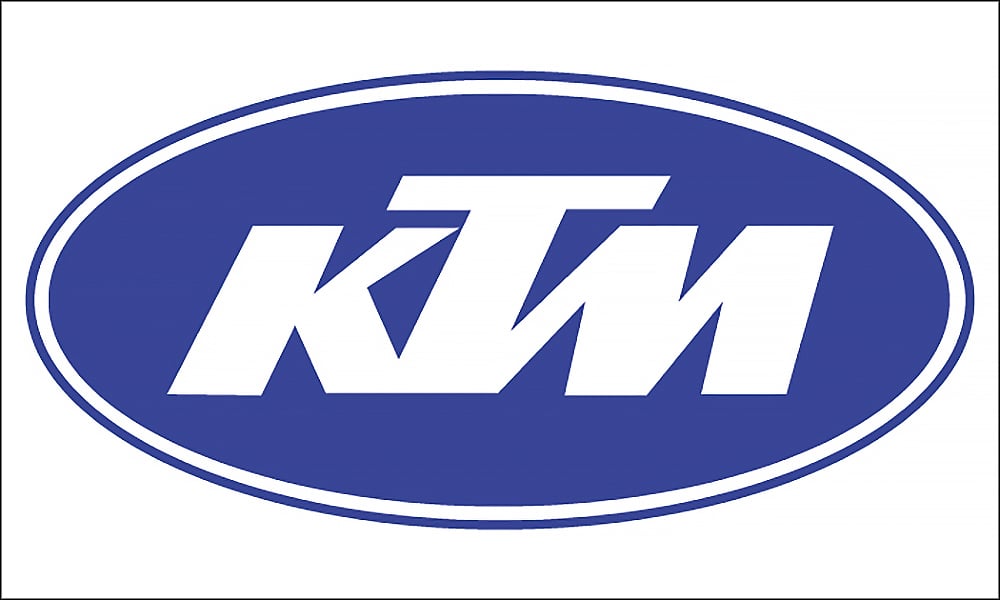
Four years later, however, “Austria” was removed and the blue coloring became darker. Two versions were made: the original with an outline, and another one without. It was also during the ’70s and the ’80s that KTM also made engines and radiators, which made up a large part of the company’s revenue during those years.
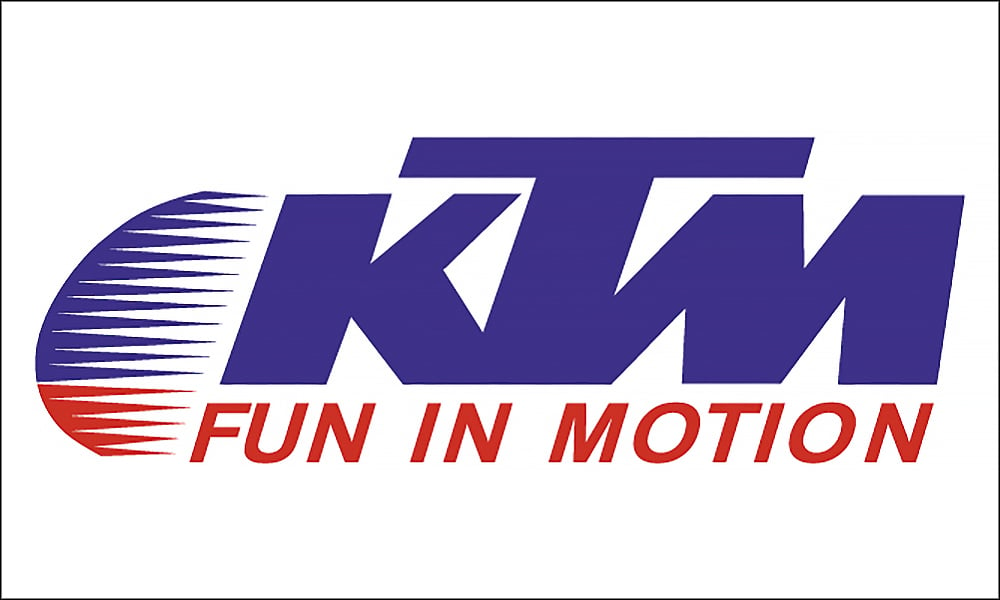
By 1989, KTM was acquired by the Taus-Gruppe, and the logo was radically changed. The oval was removed, and the slogan “Fun In Motion” was added.
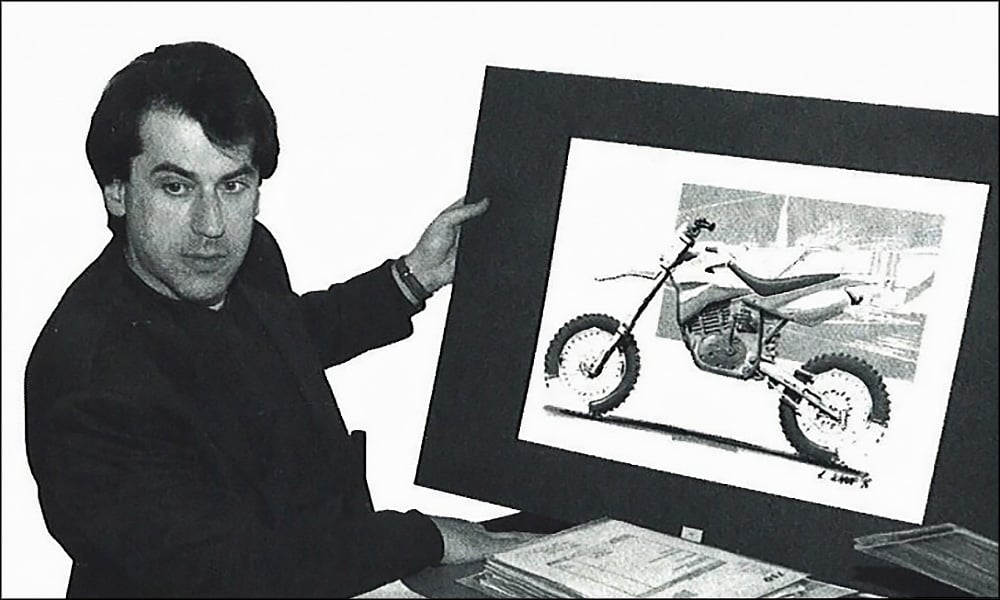
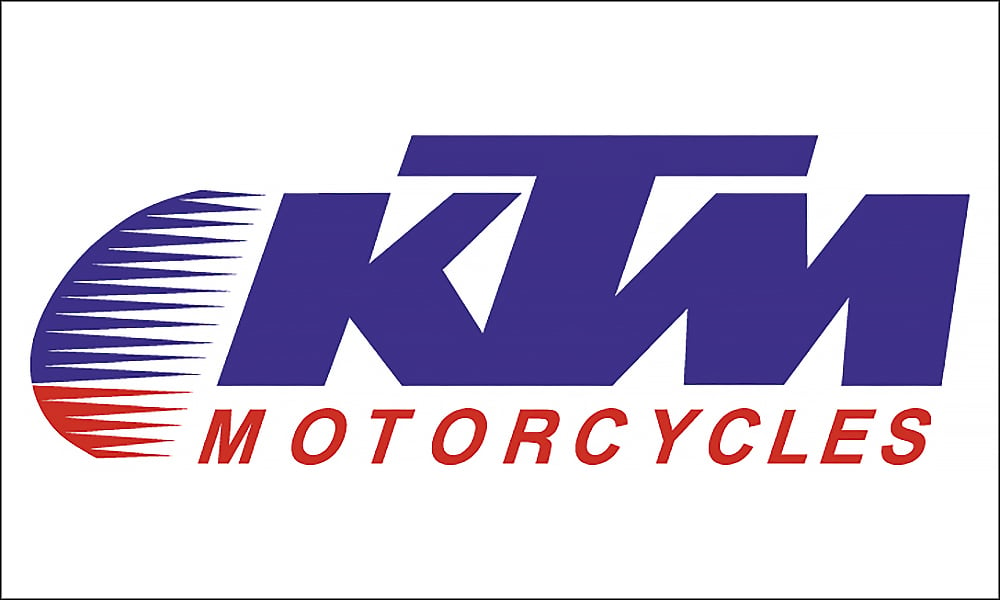
Three years later, however, Stefan Pierer took over the company and relaunched the brand. Pierer kept the 1989 logo but adapted it to the company’s core business of motorcycles.
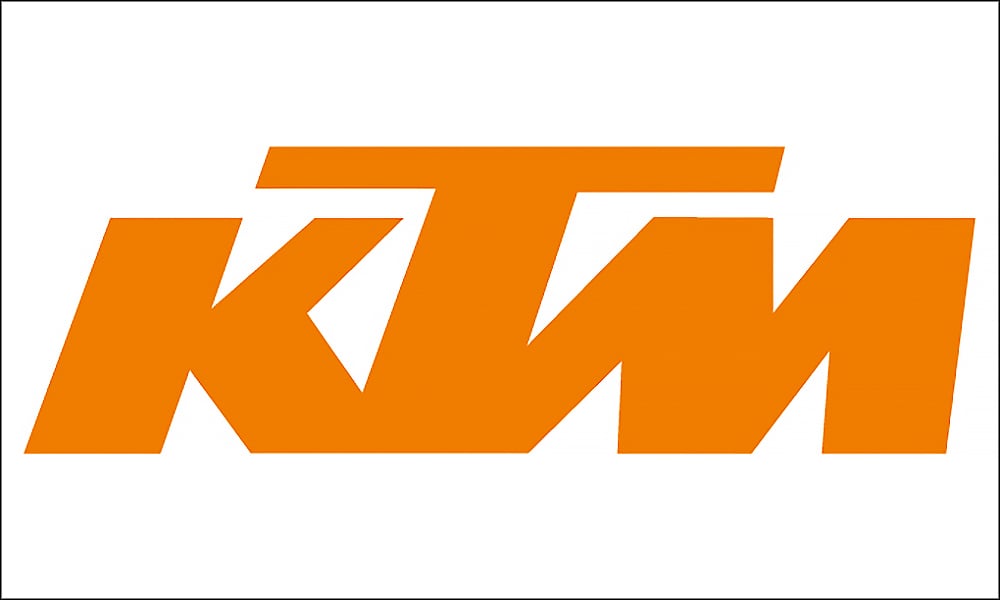
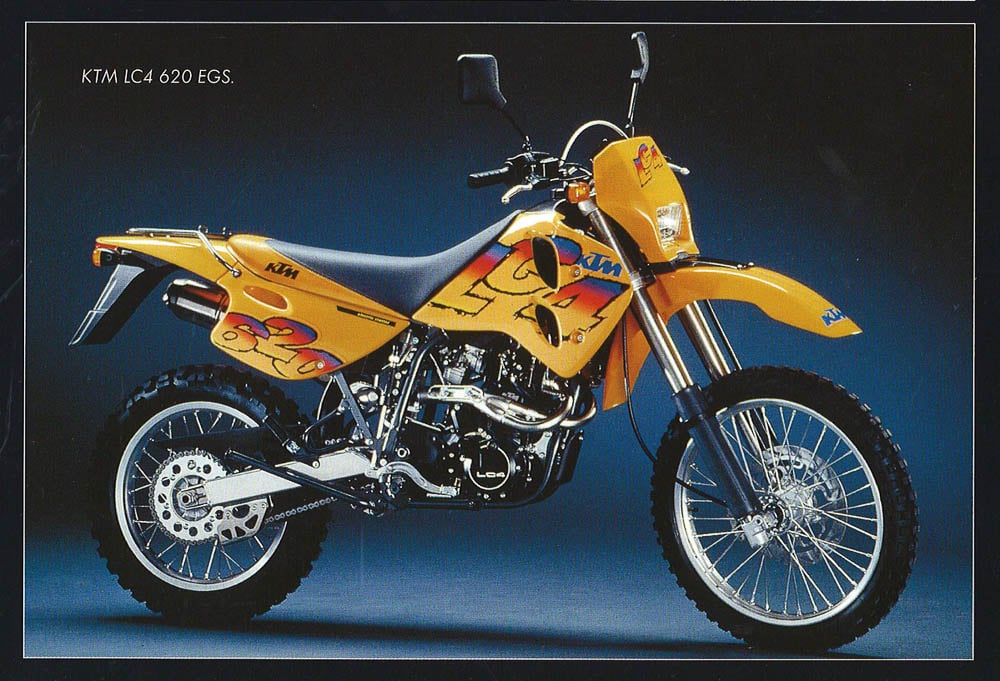
In 1996, the design studio KISKA simplified the logo, removing all other elements and changing the “KTM” lettering to orange.
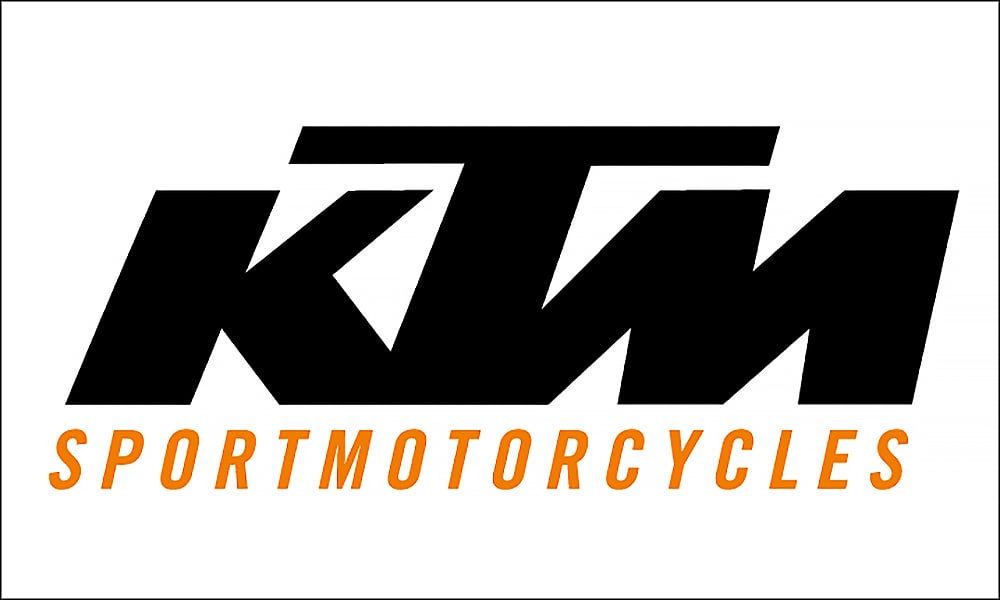
Three years later, the rear edge of the logo was adjusted, and the T-line was extended to line up precisely with K and M.
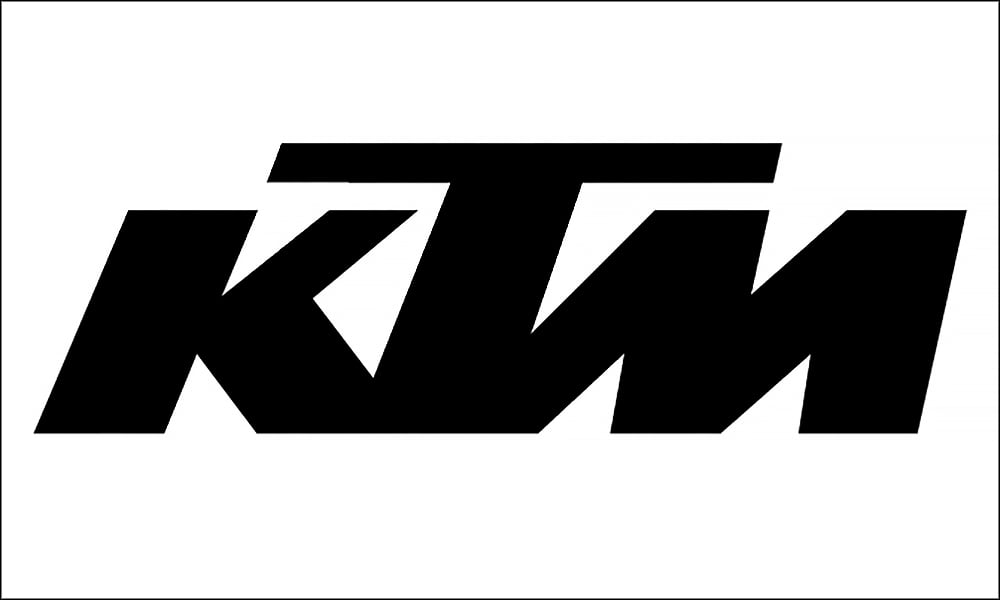
Since 2003 to the present, the logo has remained unchanged.
As for the initials “KTM,” there are several versions to explain how it came about. The first derives from the family history and the name it first used: “Kraftfahrzeug Trunkenpolz Mattighofen.”
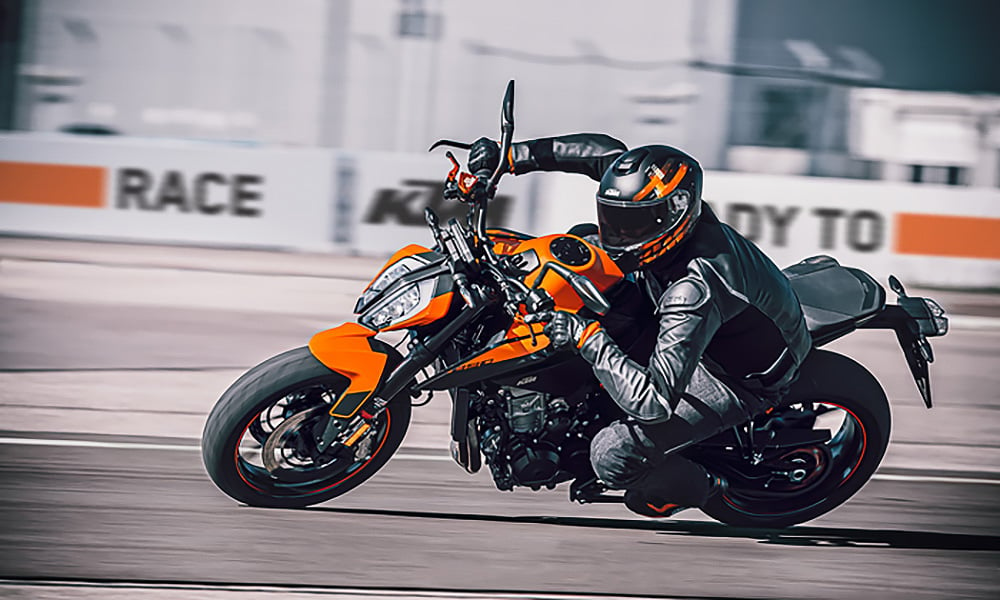
But leading up to the development of its first motorcycle, Hans Trunkenpolz met Ernst Kussin regularly, who was a racer and sales director of Austrian motorcycle manufacturer HMW (Halleiner Motorenwerke).
Ernst was involved in the development and the production of the R100, and the company name arose from the initials of Kussin, Trunkenpolz, and Moser. Ever since Ernst Kronreif joined the company in the 1950s, however, KTM has stood for “Kronreif Trunkenpolz Mattighofen.”
For fans of the Austrian brand, KTM will always be understood as “Ready to Race.”


0 Comments